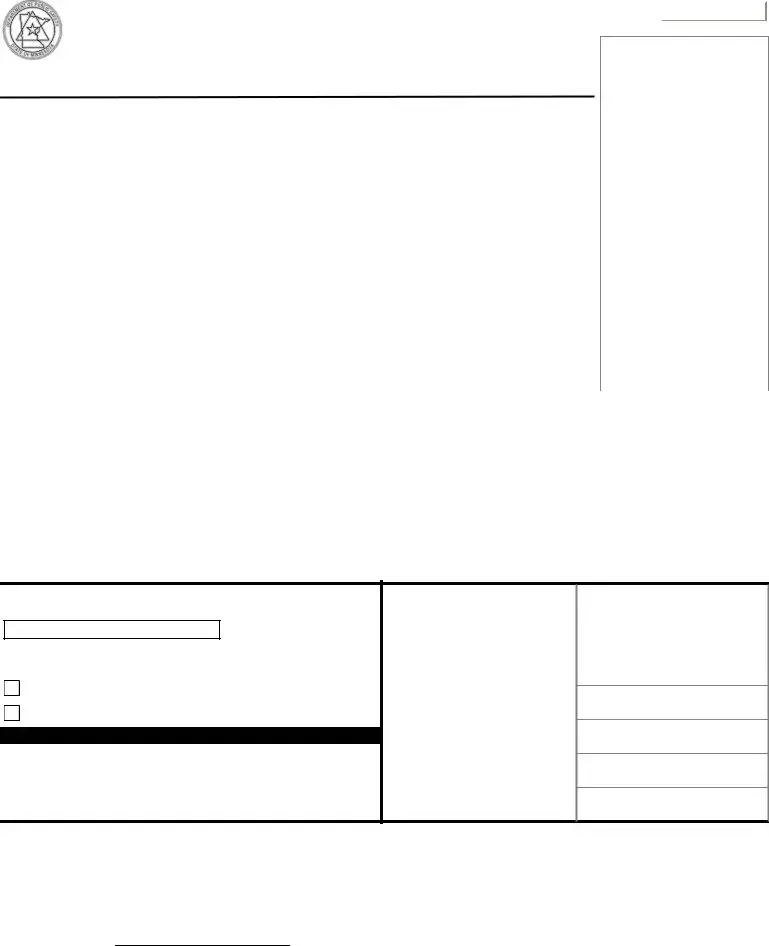What is an Affidavit of Repossession in Minnesota?
An Affidavit of Repossession is a legal document utilized in the state of Minnesota, indicating that a secured party has lawfully repossessed a vehicle. This form is necessary when the secured party wishes to apply for a Certificate of Title in their name following the repossession, certifying that the interest of the previous owner was legally terminated according to the terms of the security agreement. It also serves as an indemnity agreement, defending any liability that may arise from the issuance of the new certificate of title.
Who needs to fill out the Affidavit of Repossession/Title Application form?
Secured parties who have repossessed a vehicle and intend to obtain the title in their name must complete this form. This includes private individuals or entities holding a security interest in the vehicle when they have repossessed the vehicle under the terms provided in the security agreement.
What information is required on the Affidavit of Repossession form?
The form requires detailed information about the vehicle, including the Vehicle Identification Number (VIN), plate number, year, make, model, and type. It also asks for information about the registered owner(s), the title number, and the owner's address. The secured party must also provide their details, including the date of repossession and their address, alongside odometer and damage disclosure statements.
Are there any fees associated with filing the Affidavit of Repossession/Title Application?
Yes, certain fees are required when a repossessing party titles a vehicle in their name. These fees include the title fee, Public Safety Vehicle (PSV) fee, and a filing fee. If a private individual is repossessing the vehicle and was not the previous owner, Minnesota sales tax may also be due. The exact amount of the fees can be determined by visiting the Minnesota Driver and Vehicle Services website or by calling them.
Is odometer disclosure required?
Yes, the form requires the secured party to provide an odometer disclosure statement. This includes reporting the current odometer reading and indicating whether it reflects the actual mileage, exceeds the mechanical limits, or if the odometer reading is not the actual mileage. This step is crucial for maintaining accurate vehicle history and determining the value of the vehicle.
What should be done if the vehicle has sustained damage in excess of 80% of its actual cash value?
In the damage disclosure section of the form, it must be clearly indicated whether the vehicle has or has not sustained damage exceeding 80% of its actual cash value. This disclosure is significant for future owners and for maintaining transparency regarding the condition of the vehicle.
Can the form be submitted by mail?
Yes, the completed Affidavit of Repossession/Title Application form along with the necessary fees can be submitted by mail to the MINNESA DEPARTMENT OF PUBLIC SAFETY, DRIVER AND VEHICLE SERVICES, at the address specified on the form. It can also be submitted to a local deputy registrar office.
What happens if the secured party does not wish to title the vehicle in their name?
If the secured party has the certificate of title but decides not to title the vehicle in their name, they must complete and submit a dealer purchase receipt (PS2009) instead. This option is available to those who prefer not to change the title but need proof of the repossession for legal or documentation purposes.
Where can additional information be found?
Additional information and clarification regarding the Affidavits of Repossession process, fees, or any related matter can be found by visiting the Minnesota Driver and Vehicle Services website at dvs.dps.mn.gov. Inquiries can also be made through their phone number for more direct communication and assistance.

 Has
Has  Has Not (select one)
Has Not (select one)